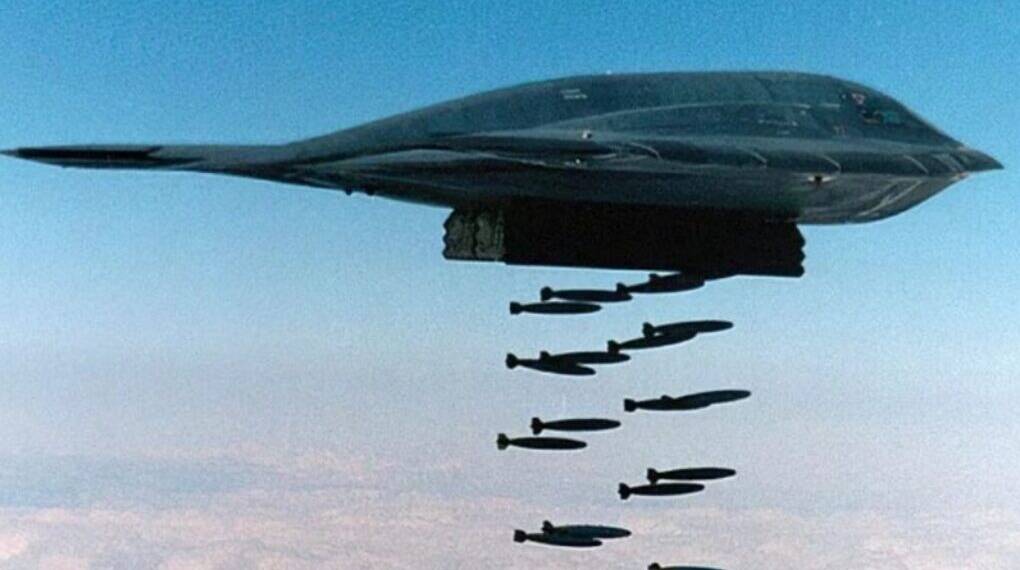In the early hours of June 21, 2025, the United States Air Force launched one of its most complex and audacious bombing operations in recent memory. While the world’s attention was fixed on a group of B-2 Spirit stealth bombers flying westward over the Pacific, a separate strike team was already en route to Iran’s most fortified nuclear sites. The decoy mission, though shrouded in mystery and marked by an emergency landing in Hawaii, proved pivotal in ensuring the success of the main operation against Iran’s nuclear infrastructure.
The Decoy Mission: A Strategic Ploy
The US military orchestrated a high-profile westward flight of B-2 bombers, supported by tanker aircraft, to draw the gaze of Iranian intelligence and global observers. This maneuver was designed to suggest a major deployment toward the Pacific, diverting attention from the real threat moving east.
By allowing the decoy group to be visible to flight trackers and open-source intelligence, the US amplified the ruse, making it appear as if the main strike would come from the Pacific theater.
The decoy team’s mission was not without risk. At least one B-2, callsign MYTEE 14, suffered a technical malfunction and was forced to make an emergency landing at Daniel K. Inouye International Airport in Honolulu, Hawaii, where it remains under heavy guard.
How the Decoy Enabled the Iran Strikes
The decoy flight successfully misled Iranian air defenses and intelligence, causing them to focus resources and attention on the Pacific vector.
This allowed the actual strike team—seven B-2s flying east—to approach Iranian airspace undetected, maintaining the element of surprise throughout the mission.
Also Read: What Are B-2 Stealth Bombers and Why the U.S. Used Them to Target Iran’s Nuclear Sites?
Neutralizing Iranian Defenses
With Iranian radar and missile systems oriented toward the decoy, the real strike force encountered minimal resistance.
US officials confirmed that Iran’s surface-to-air missile systems did not detect the incoming bombers, and no Iranian fighters were scrambled in time to intercept.
Enabling Mission Success
The main strike team completed a 37-hour, non-stop round trip, delivering 14 Massive Ordnance Penetrator bombs to Iran’s underground nuclear facilities at Fordo and Natanz.
The operation, dubbed “Midnight Hammer,” was the largest B-2 operational strike in US history and achieved its tactical objectives without loss or interception.
The Aftermath and the Mystery in Hawaii
The emergency landing of MYTEE 14 in Hawaii has added intrigue to the operation. While the exact cause remains undisclosed, the incident underscores the technical challenges of operating aging stealth bombers far from home base.
The aircraft’s presence in Honolulu, heavily guarded and isolated, is a testament to the high stakes and secrecy surrounding the decoy mission.
Decoy as Force Multiplier
The Pacific-bound B-2 decoy team was not merely a supporting act—it was a force multiplier that enabled the main strike to succeed. By drawing Iranian attention away from the true axis of attack, the decoy operation preserved the element of surprise, neutralized defenses, and allowed the US to strike some of the world’s most heavily protected targets with impunity.
The episode stands as a case study in the power of deception and misdirection in modern air warfare, demonstrating that sometimes, the most important mission is the one that never reaches its intended target








